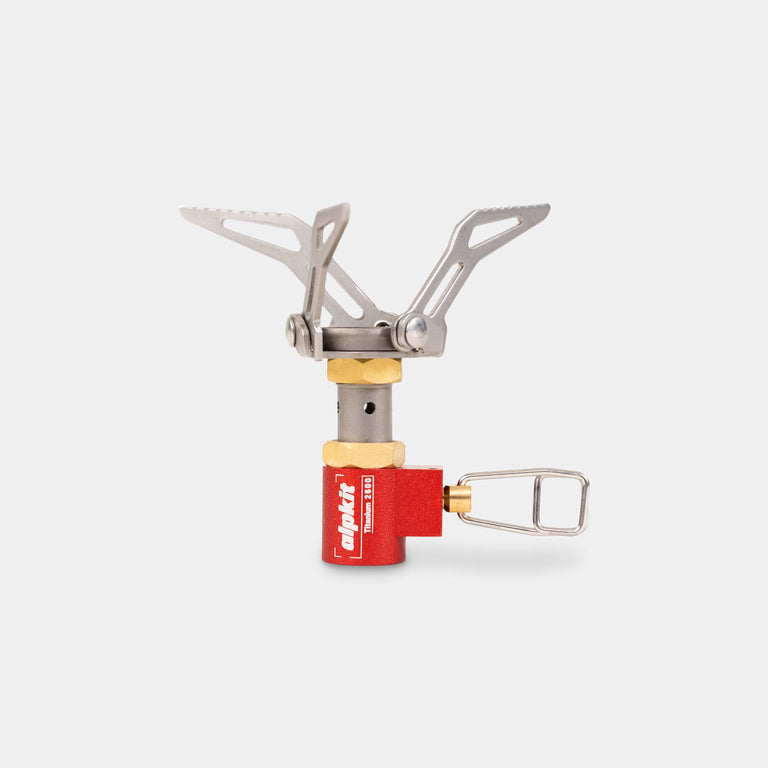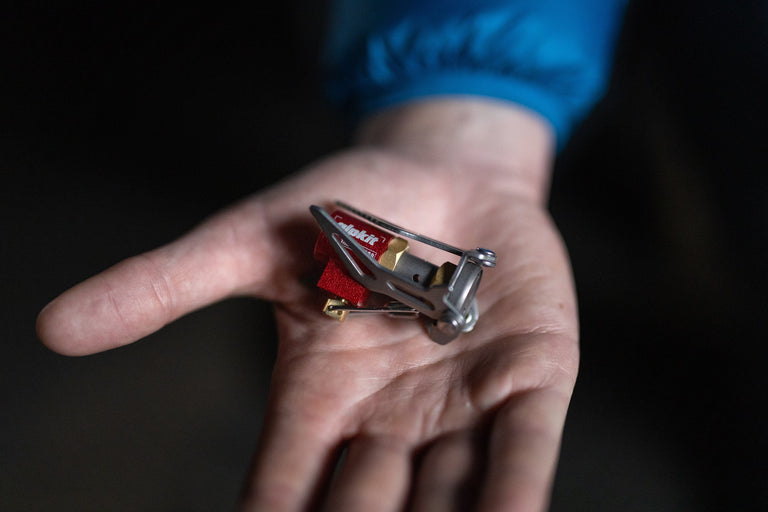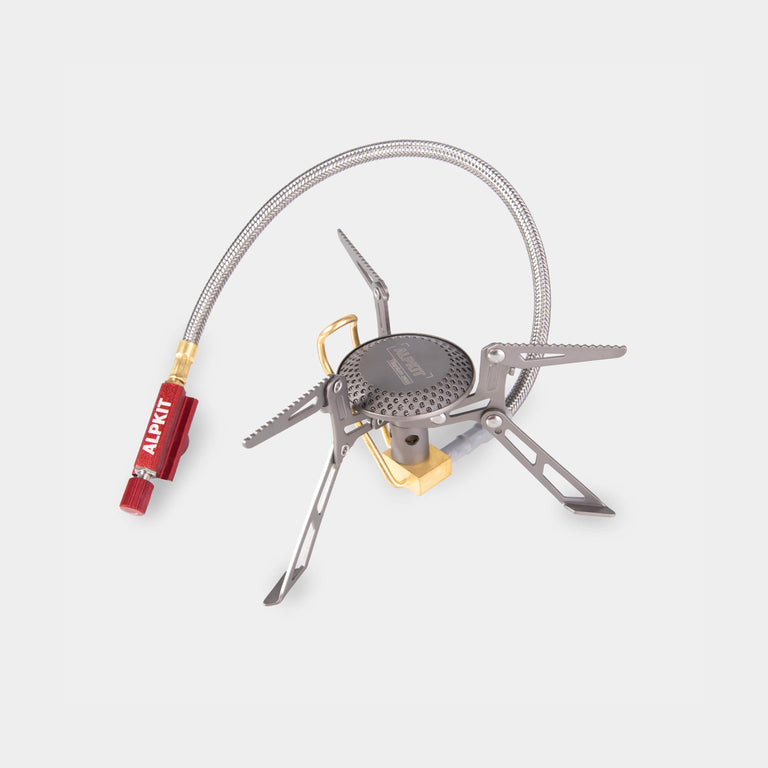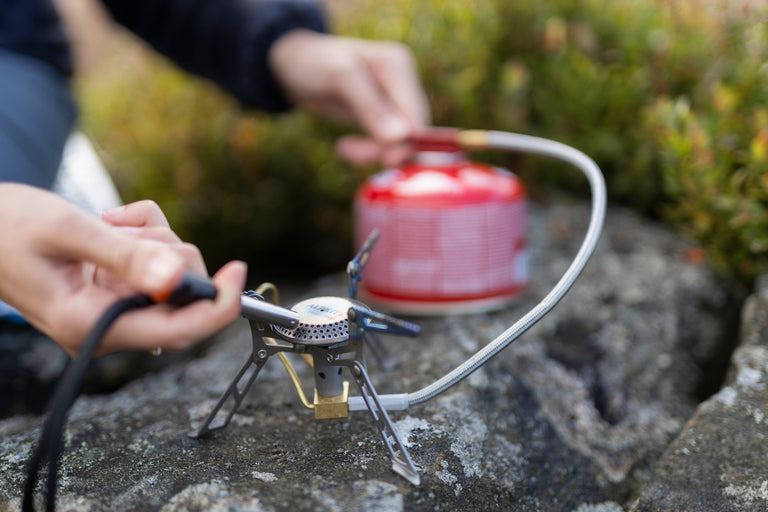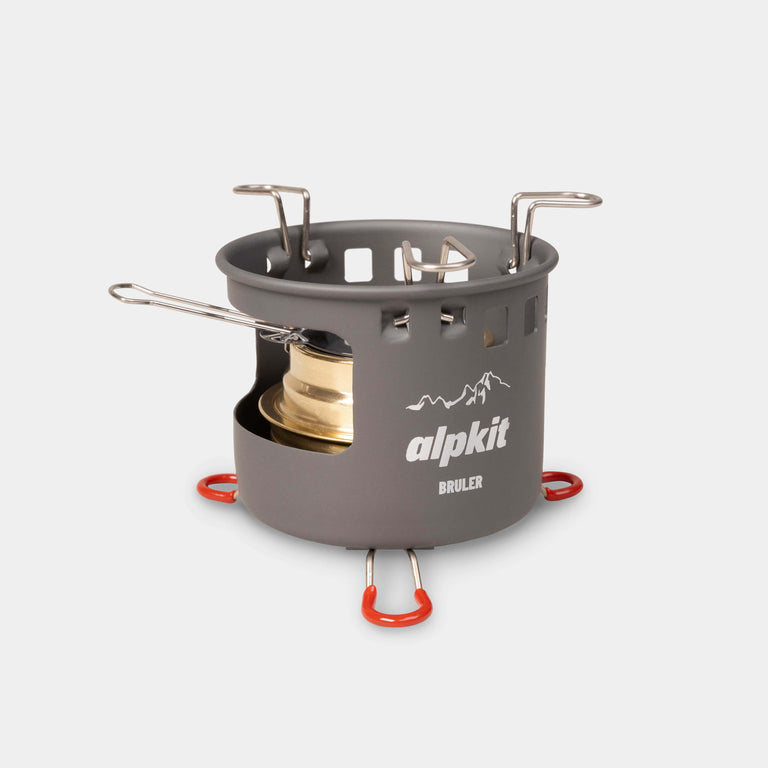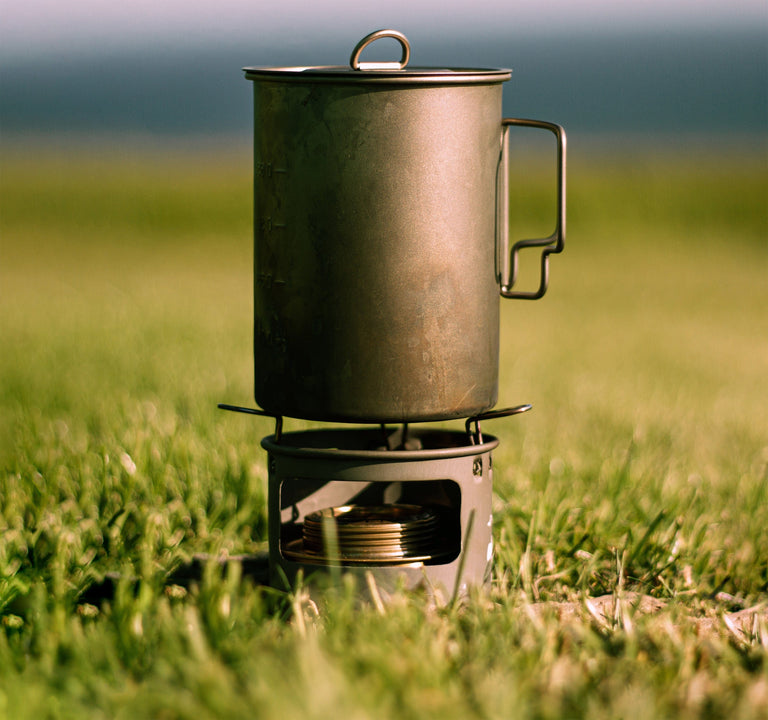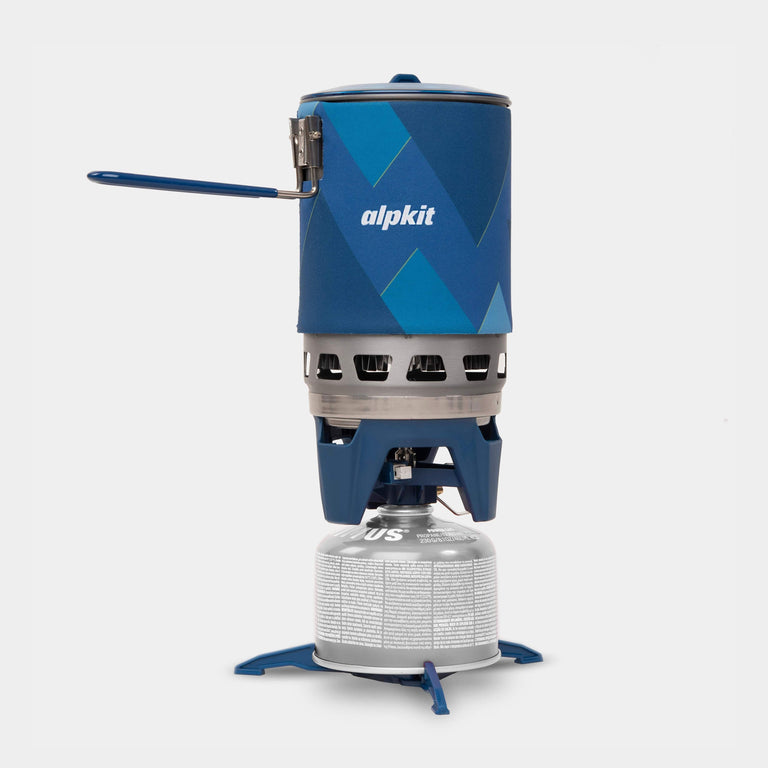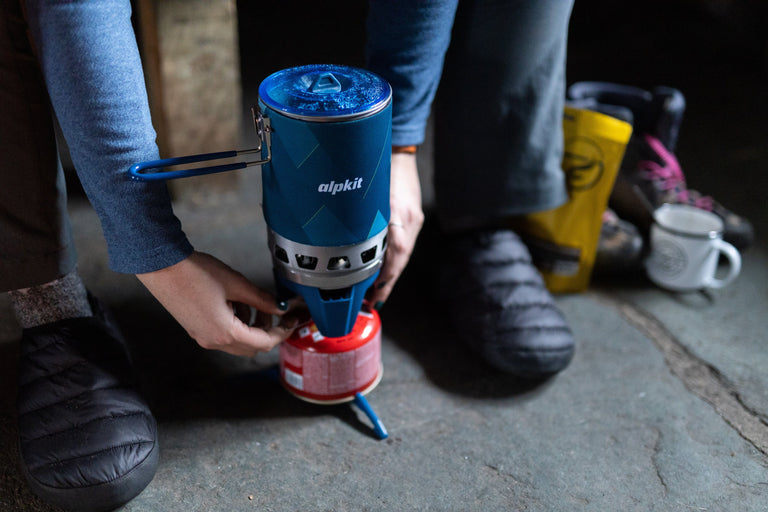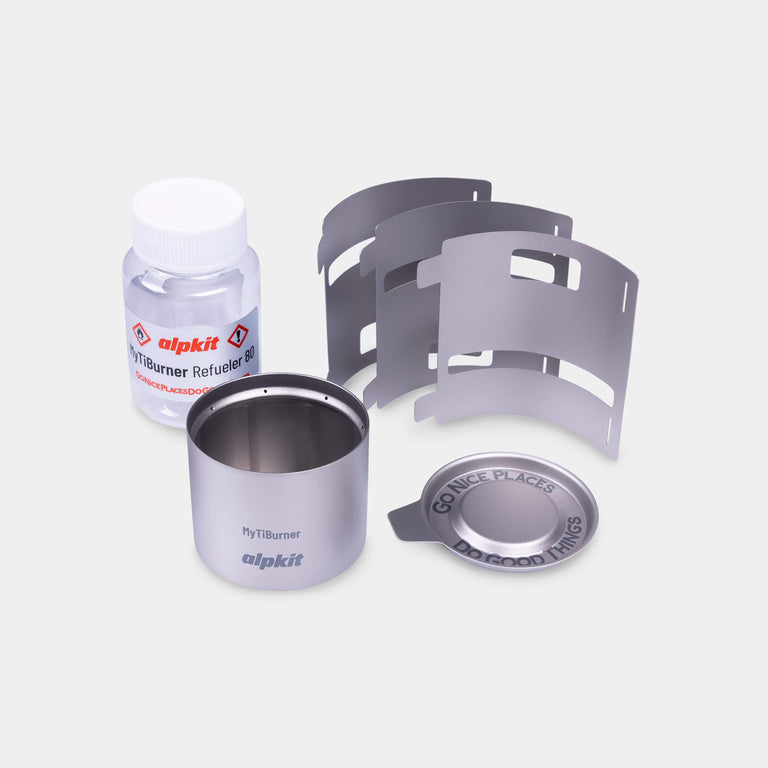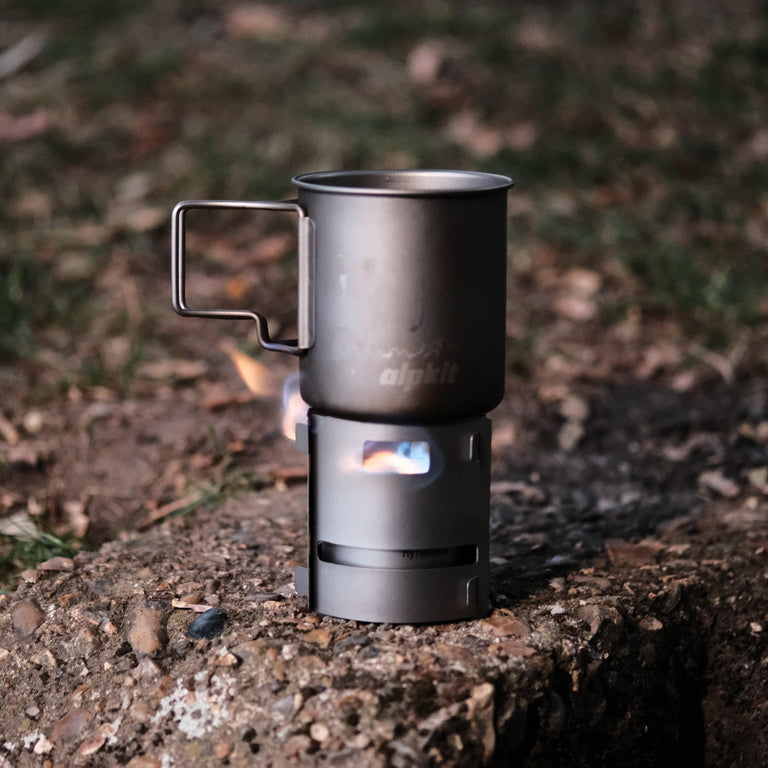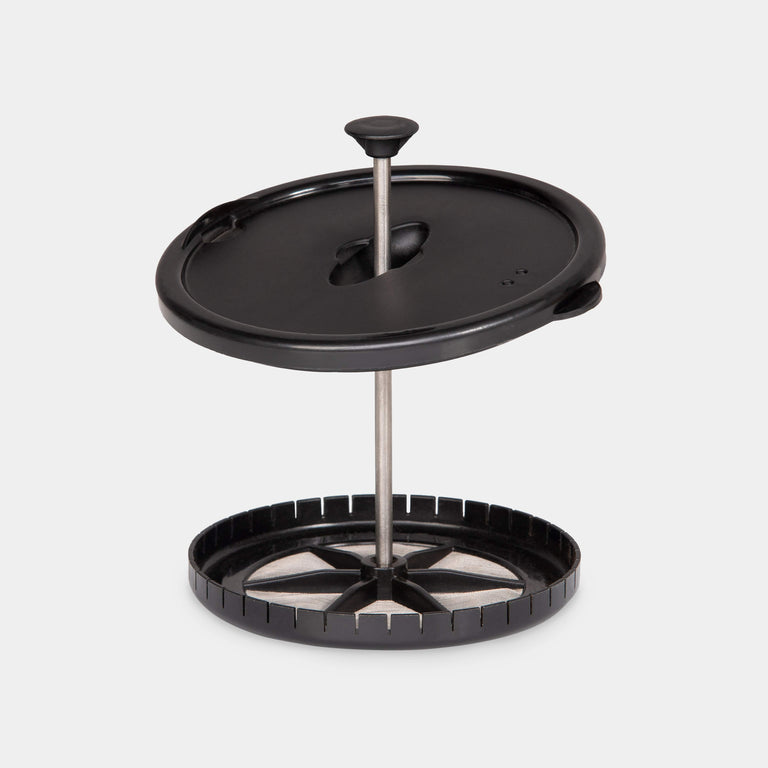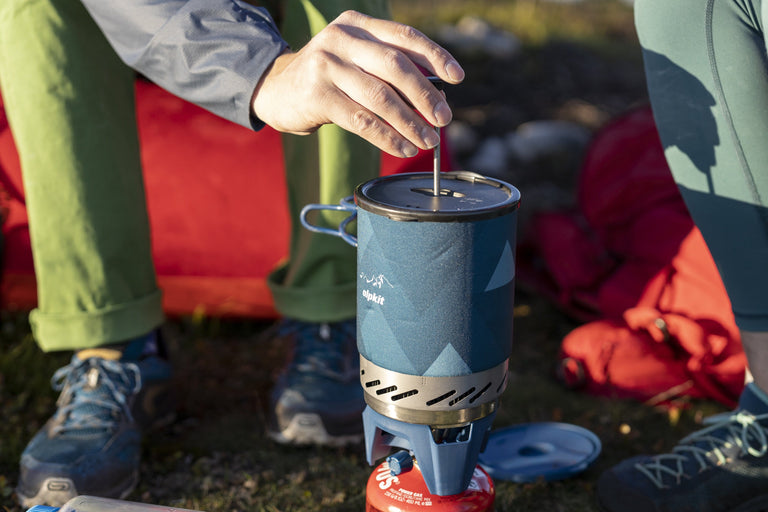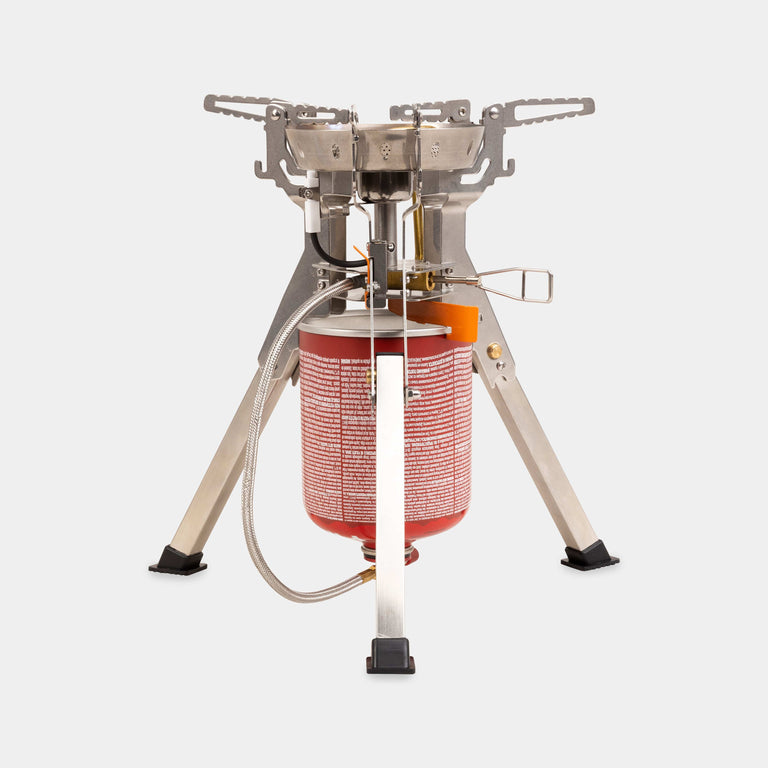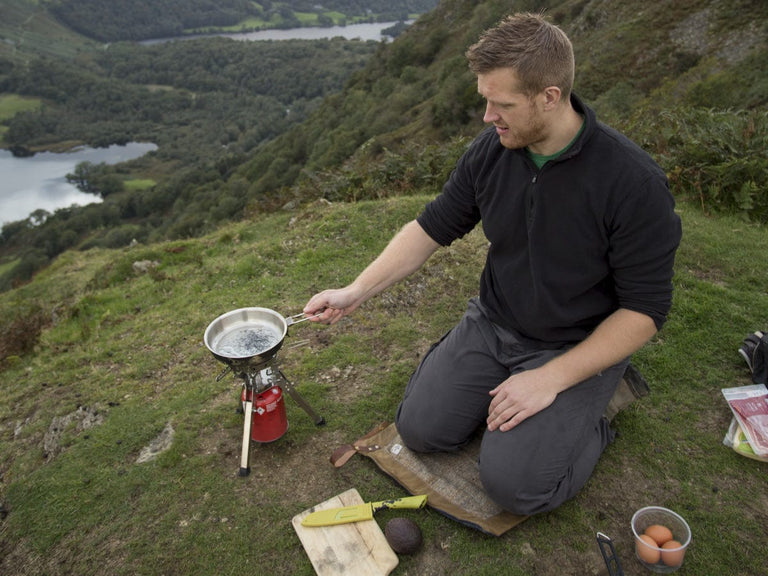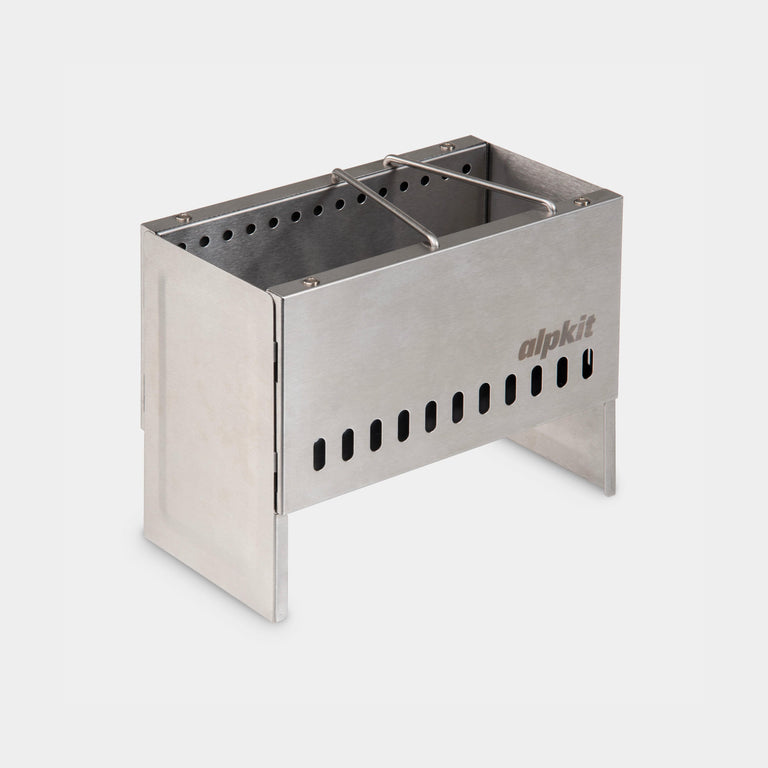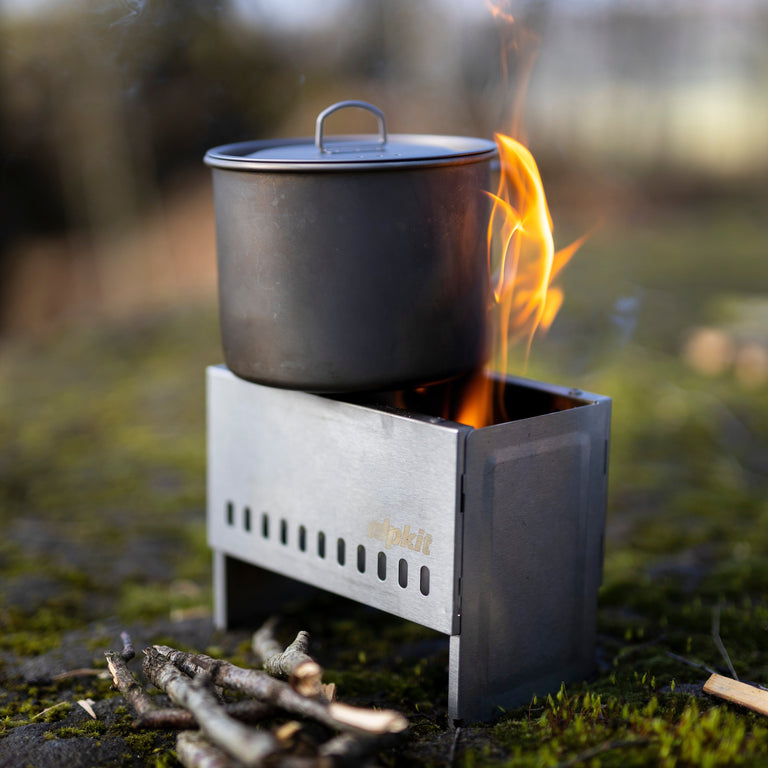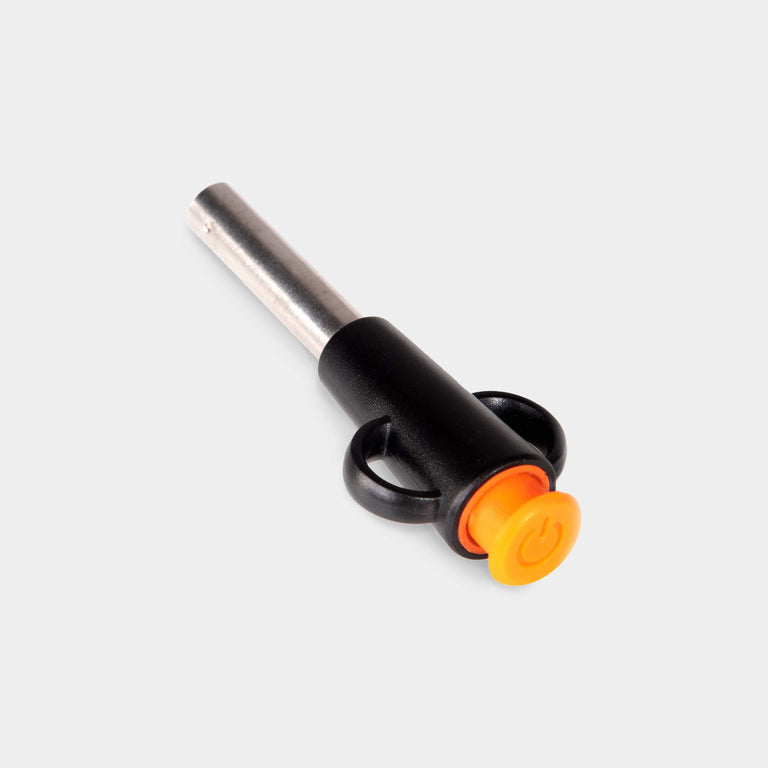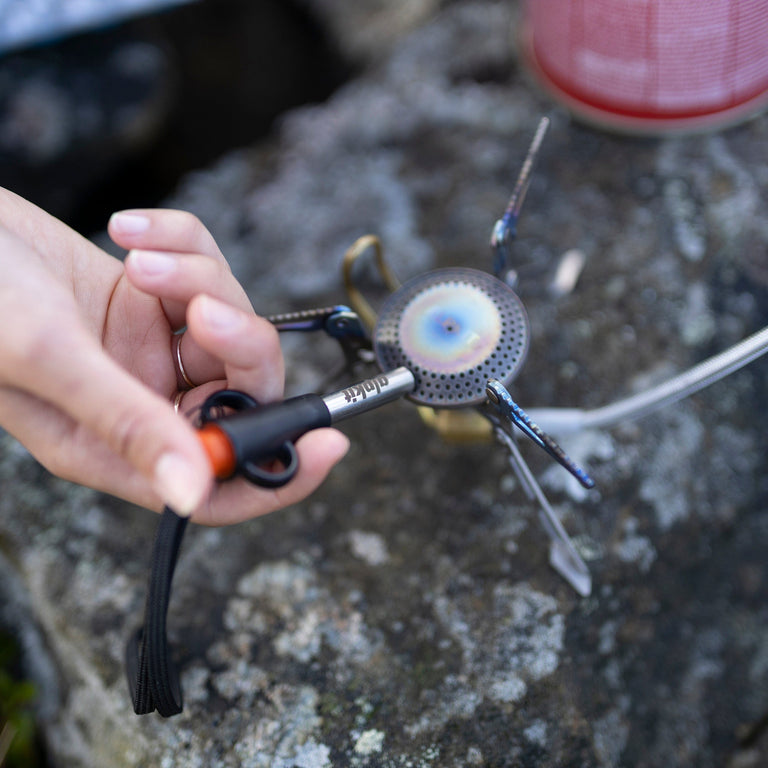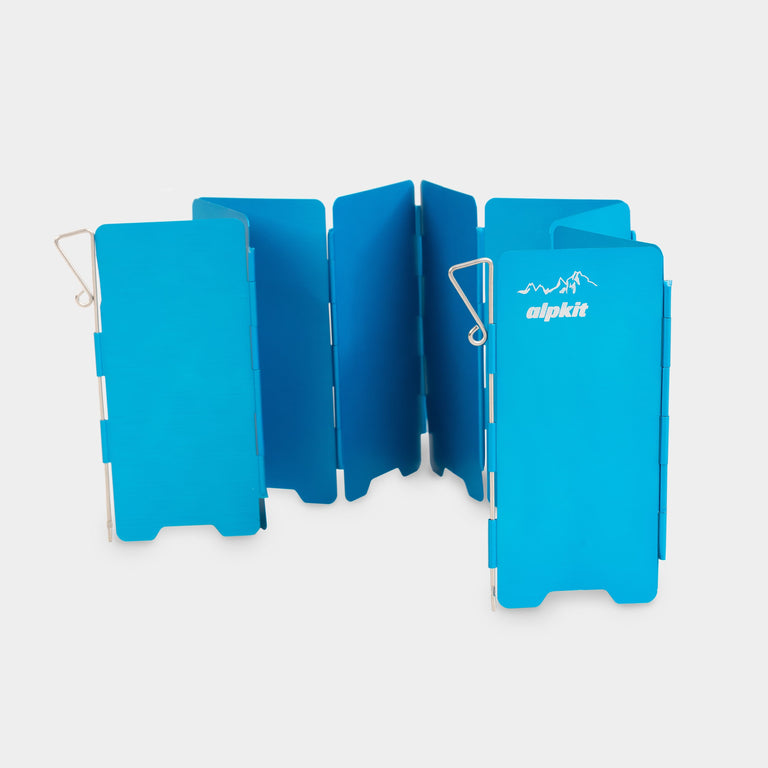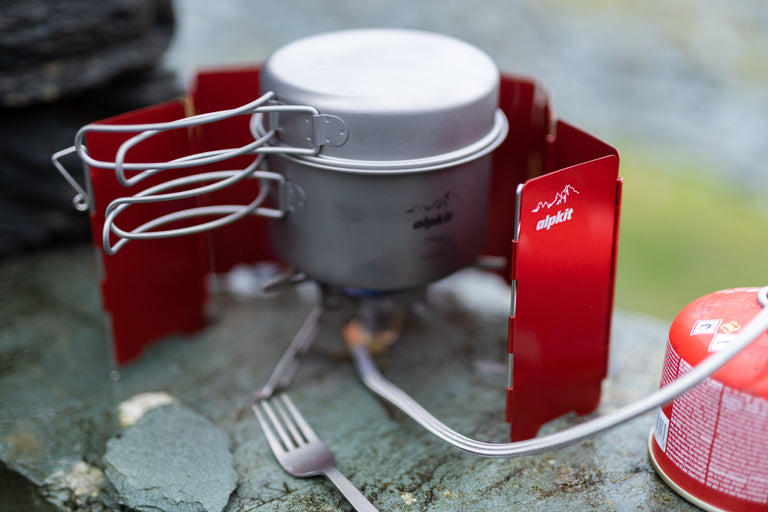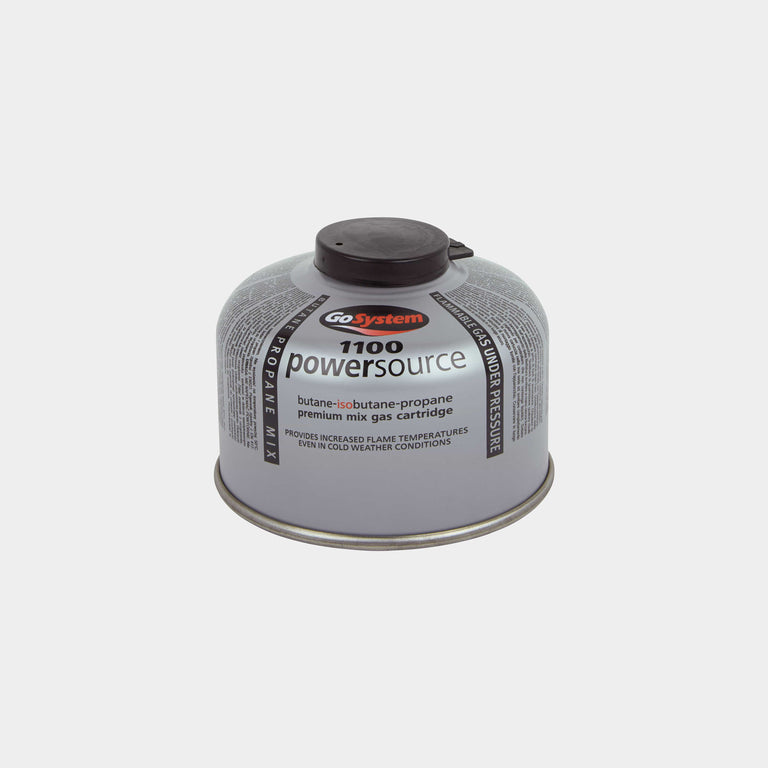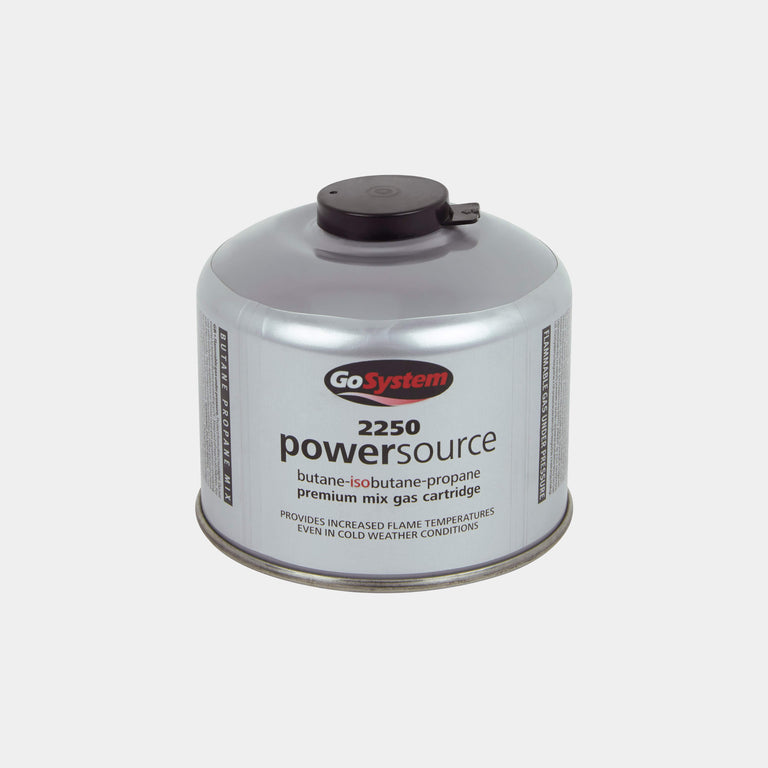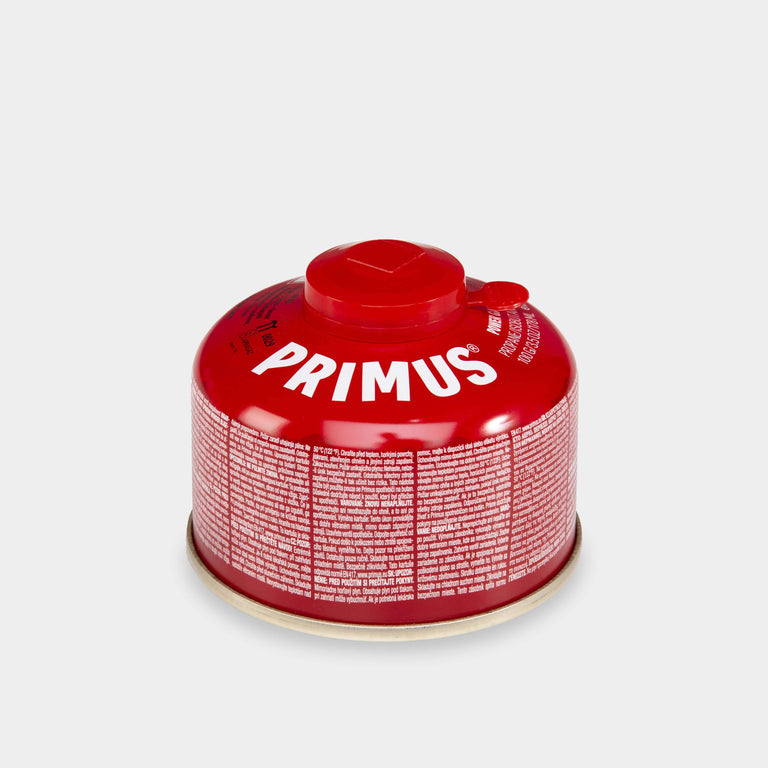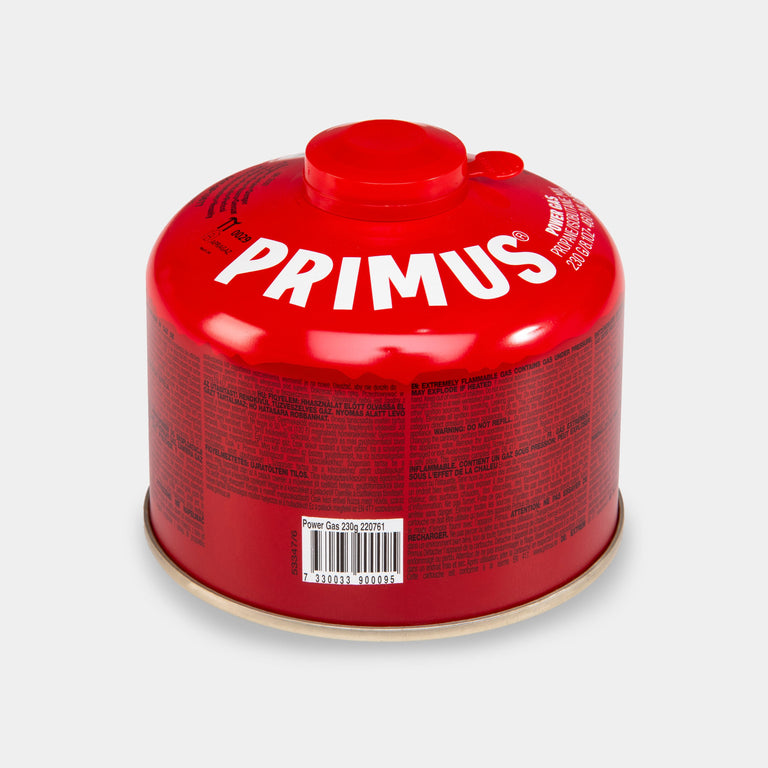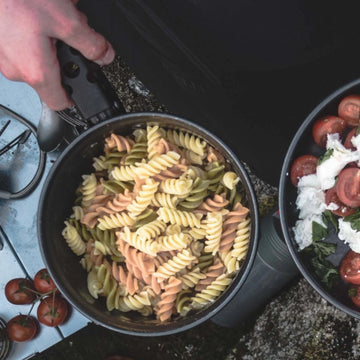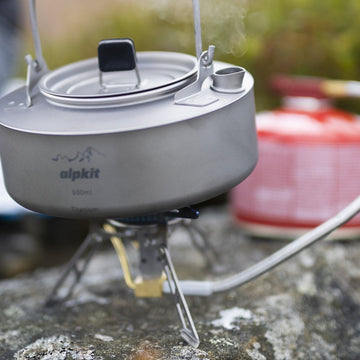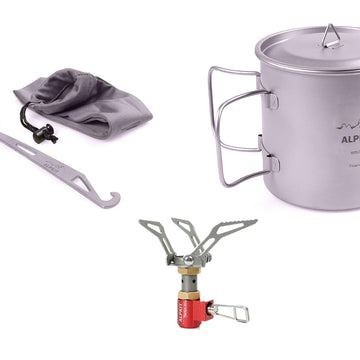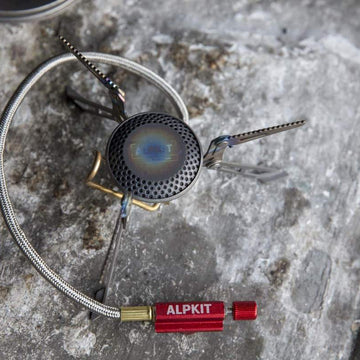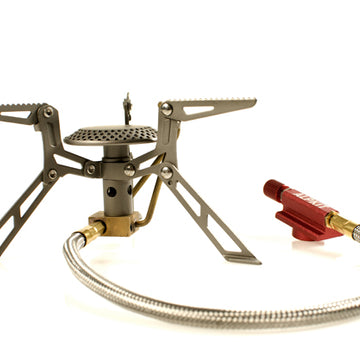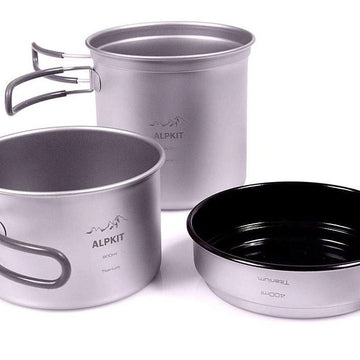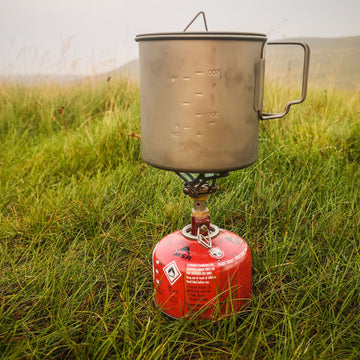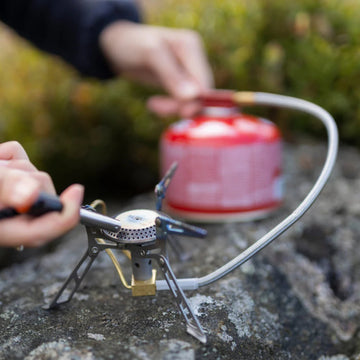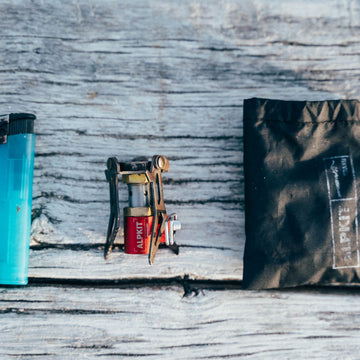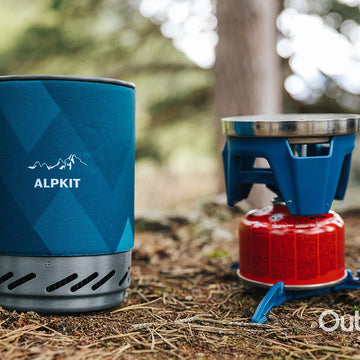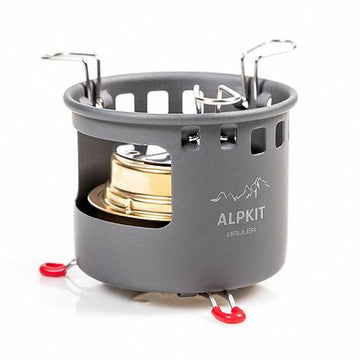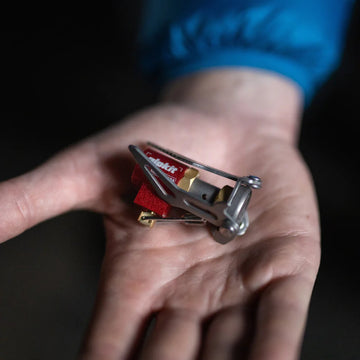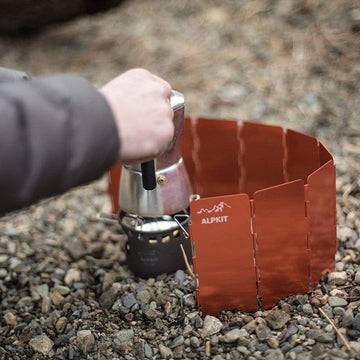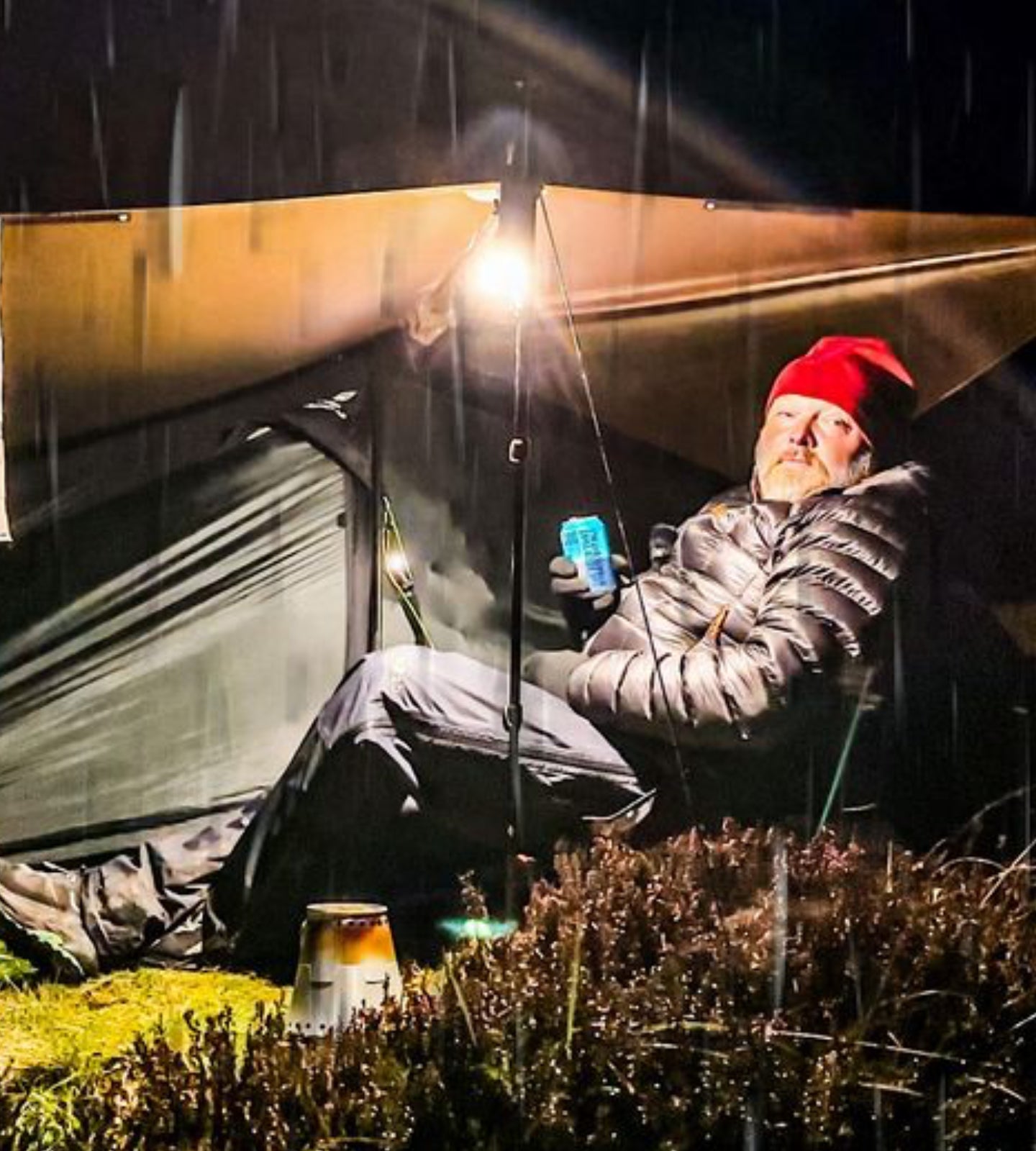
Paul Messner shares his taste for cooking real rood while camping in discussion at our store in Hathersage
Known as quite the culinary adventurer, Paul Messner takes meals on hikes that many would reserve for a well-equipped kitchen.
Being outdoors doesn't mean skimping on quality meals. Paul has collaborated with Harrison, the "Fell Foodie", a mutual friend who recently published a cookbook filled with his hillside culinary exploits, including three—and four-course meals.
Paul recounts a memorable meal during his camping honeymoon.
King prawns and scallops in sweet chilli sauce, followed by a fillet steak with asparagus and mushrooms—a feast prepared with just two stoves and some lightweight frying pans.
Proof indeed that gourmet dining is entirely possible while camping.
This sits in contrast to the cliched view that, surely you must eat 'dried expedition food' on camp. That's not to say they don't have their place, but despite their convenience, Paul has moved away from relying on dehydrated meals, indicating his preference for quality and the enjoyment of cooking in the great outdoors.
We all have memories of our worst camp meal experience. For Paul it was purchased from a store not too far from Hathersage. It was one of those ration pack ones, where you pour a bit of water in and there is a chemical reaction, which reheats your food. It was supposed to be beef stroganoff and he was on Kinder Scout in the winter under a tarp.
The thing didn't work properly, so Paul ate lukewarm stroganoff, but it was gristle. It could have been anything but beef, it was disgusting. Paul went to bed that night cold, hungry, and spent the night holding a trekking pole while the tarp was shaking in the wind.
Sometimes there is no match for the satisfaction of a fresh-cooked meal.
In addition to food, choice of stove is crucial for Paul. Different types of stove offer specific benefits to campsite cooking. Whether it's a quick boil-in-a-bag meal or a more elaborate setup for a steak dinner, with some planning and the right tools, Paul believes you can elevate your outdoor meals far beyond the basics, enhancing team morale and the overall camping experience.
Delving deeper into the advantages of specific stove types, Paul likes the stability of remote stoves like the Koro mountaineering stove. The term remote stove is used because it is attached to its gas canister by a flexible tube. It has a low centre of gravity, which enhances stability, making it less prone to tipping over on uneven ground compared to some top-heavy models.
This feature is also an advantage in challenging weather conditions where the performance of gas canister stoves can falter due to the ineffectiveness of vaporised gas in cold temperatures.
The Koro addresses this by allowing the gas canister to be inverted, ensuring a steady supply of liquid fuel, which is vaporised by the preheat tube to maintain a consistent flame.
When considering what stove is best for year-round versatility, and especially for campers delving into winter camping, the Koro stands out for its adaptability and performance across various conditions.
However, an all-in-one stove system like the Brukit can still be preferable for simplicity and efficiency, particularly for those prioritising boiling water for dehydrated meals or drinks. The choice ultimately hinges on personal needs and the nature of the camping experience sought.
The Brukit excels at boiling water quickly thanks to its efficient heat exchange system at the bottom of the pot. This makes it ideal for dehydrated meals or boiling-the-bag options. This efficiency means you use less fuel, though it may not perform as well in cold weather compared to the Koro.
Stove choice also affects your packing list. Unlike an all-in-one Brukit, which includes everything you need to boil water, other stoves require you to bring additional equipment like pots or pans. Greater versatility but at the cost of simplicity.
Preparation is vital, not just in choosing cooking equipment but in meal planning. Paul's approach to camp cooking has changed over the years. He used to prepare ingredients whilst on camp, but the trend now is towards prepping ingredients beforehand to simplify cooking on the trail. For instance, vacuum-sealing a homemade chilli con carne means you have a ready-to-eat meal that just needs reheating. This approach ensures quality and taste and adds convenience, making it easier to enjoy hearty meals without the fuss of on-site preparation.
Vacuum-sealing home-cooked meals, like chilli con carne or spaghetti bolognese, are a game-changer for camping food. It keeps everything tidy and easy to manage and allows you to freeze meals ahead of your trip, ensuring freshness and convenience once you're ready to eat.
If you're dealing with particularly saucy dishes, it's wise to freeze them before vacuum-sealing to prevent the sauce from being sucked out during the sealing process. This technique ensures you keep that delicious, flavourful sauce.
For more real food outdoor cooking tips Fell Foodie Harrison Ward has 6 tips and 2 tasty recipes to fuel your hikes.
What are you cooking on your camping trips this summer, let us know.

